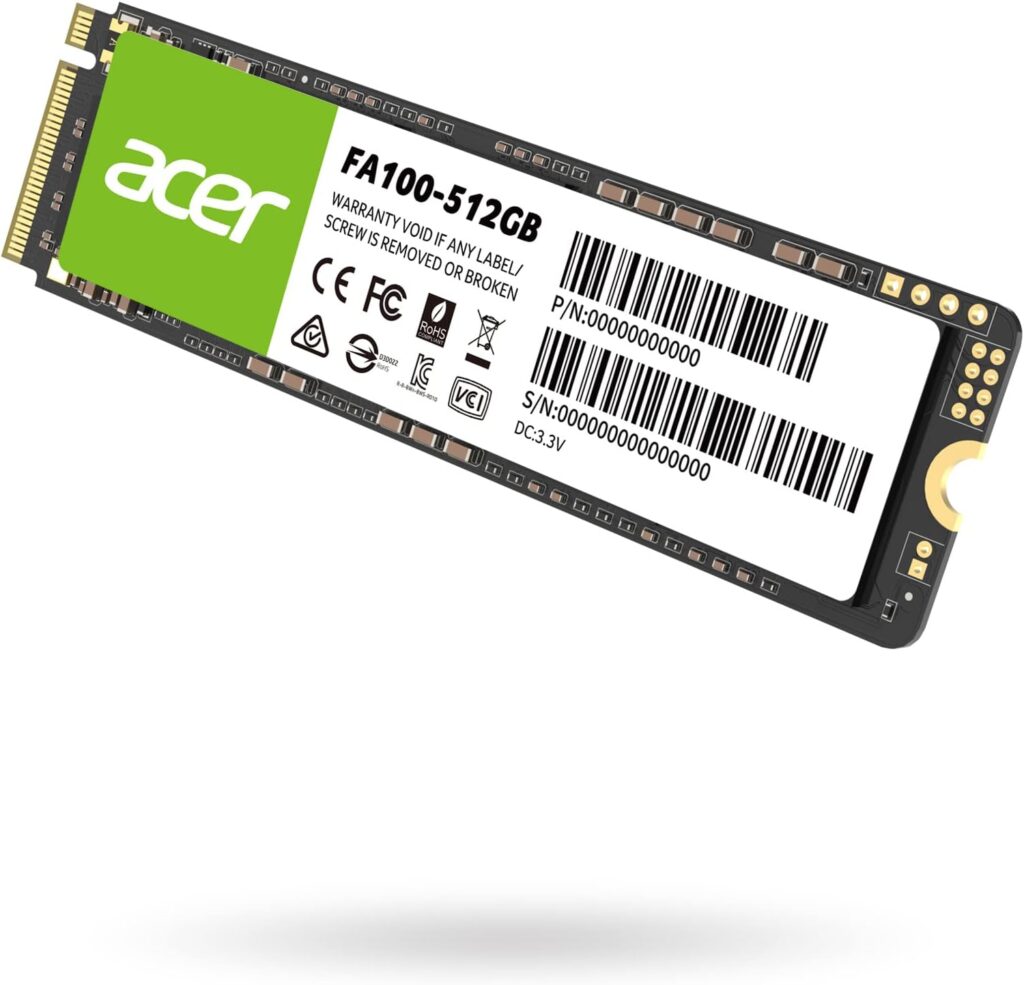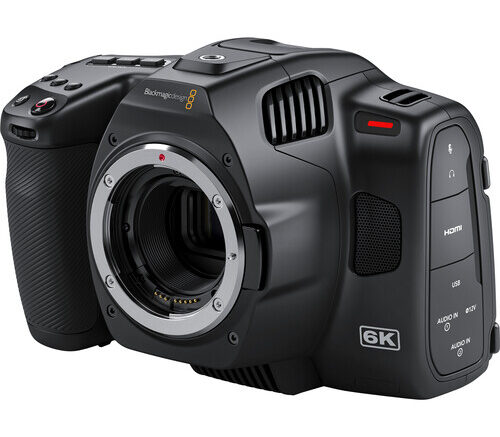There’s a lot to like about Blackmagic Design products. They’re compact, powerful, and compared to the prices that professional broadcasters are used to paying, they’re incredibly cheap. I’ll grant you, they cost a little more than your average low-end point-and shoot, but the quality is worth it.
With Blackmagic Design cameras, you get ultimate flexibility. You can set virtually any setting you want and create still shots and videos that reflect your own dreams. Smartphone cameras are great but they rely on a lot of “computational photography” to make their images look good. There’s no substitute for a big, high-quality lens and a sensor the size of an airbud case.
With the right product, you can record 6K video at 50 frames per second in Blackmagic RAW format, which limits artifacts and preserves as much of the original capture as possible. If you want to process the image after the fact, you can do so any way you want. You’ll have so much baked-in quality that you’ll be able to do most anything.
But, there’s always a catch.
When I say these devices eat hard drives for lunch, it’s hardly an exaggeration. Record an hour of video at the highest quality and frame rate, and you’ve laid down about 600 gigabytes of data. What’s more, you can’t just use some $50 hard drive you bought a couple of years ago. Mechanical hard drives — all of them — are too slow. There are some solid state drives fast enough to handle that amount of data. Most aren’t, which is why Blackmagic includes a speed test utility for you to be able to know for sure.
The best choice, if you listen to the company, is to choose CFAST memory cards. The problem with that is that they’re expensive. A 512GB card from a reputable company is going to set you back close to $400 and keep in mind that’s only going to give you 45 minutes of video at top quality. It’s common to shoot 10 times the amount of footage that you use, meaning that a two hour movie would require 15 of those cards. It’s also worth pointing out that your garden variety 512GB SSD would set you back about 20 bucks. Unfortunately it wouldn’t be fast enough. I know, I’ve tried.
What about NVMe memory?
NVMe is a standard for internal solid state drives for computers. The drives themselves look like this:

…and they’re smaller than a stick of gum. They’re also pretty darn fast, fast enough to meet the specifications that Blackmagic publishes for their approved hard drives. Best of all, a 1 terabyte drive would only set you back about $45. This would seem to be a perfect solution, especially since you can get adapters that will let you connect them with plain-old USB-C.
But the thing is, they don’t work.
You can put one of these things in a USB enclosure. You can connect it up to a PC and it will be recognized. You can format it as exFAT so that the camera should be able to see it. You can connect it to the camera. And… nothing. The camera won’t see it.
Blackmagic’s support forums suggest that the problem is that these enclosures use USB 3.2 in order to get max speeds from the drives. The Blackmagic cameras only support USB 3.1. I don’t think that’s the problem, though. I found several enclosures that say they are USB 3.1 only. None of them worked with any of the NVMe drives I have.
I wish I had some sort of good way to end this article. It would be great to think that there would be a firmware update to add support for these drives, since they are so cheap and so ubiquitous. But I don’t see it happening. If it’s a genuine hardware limitation, we may never see the current crop of cameras supporting NVMe memory. And honestly, I think it is a limitation baked into the hardware.
Don’t let that sour you on Blackmagic cameras.
Honestly these are great cameras. You don’t have to set them to record high-frame-rate 6K. You can record quite comfortably for about half an hour on a cheap SSD if you use 4K at 24 or 30 frames per second in ProRes instead of RAW. Or, you can just budget for some CFAST cards that will let you use the quality you want. It’s up to you.
Because, yes it would be great if you could use NVMe for recording, but it’s not really designed to be used outside a PC and it’s probably not weatherproof at all the same way a CFAST card is.
Blackmagic Design cameras are all about you being able to make the choices you want. And one of those choices is how you’re going to store the video you capture. So, make those choices, and choose the Blackmagic camera you really want from the great selection at Solid Signal.





